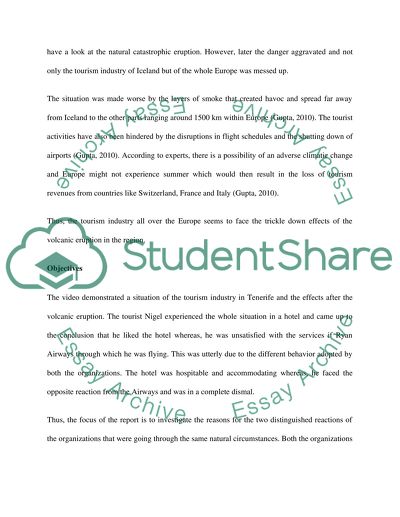Cite this document
(“External and Competitive Environment for tourism Industry Essay”, n.d.)
Retrieved from https://studentshare.org/environmental-studies/1417696-external-and-competitive-environment-for-tourism
Retrieved from https://studentshare.org/environmental-studies/1417696-external-and-competitive-environment-for-tourism
(External and Competitive Environment for Tourism Industry Essay)
https://studentshare.org/environmental-studies/1417696-external-and-competitive-environment-for-tourism.
https://studentshare.org/environmental-studies/1417696-external-and-competitive-environment-for-tourism.
“External and Competitive Environment for Tourism Industry Essay”, n.d. https://studentshare.org/environmental-studies/1417696-external-and-competitive-environment-for-tourism.


